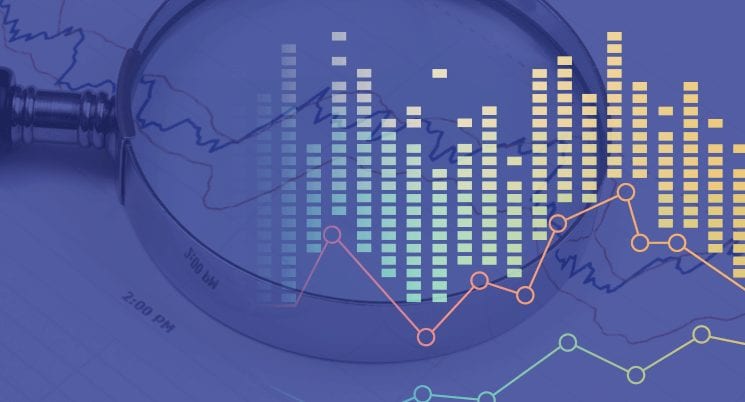Needlessly looking for a reason to worry?
With the holiday season on the crest of an approaching wave many companies that already do the majority of their customer service over the phone will likely see their call volume swell even higher. Likewise, even companies that favor service options using other communications channels will see spikes to their call volume due to the sheer number of customer interactions that precede or follow a sale. Clogged phone lines mean busy signals or dropped calls, both of which are bad for business.
Considering this it makes sense for companies to think about their call infrastructure and to ensure that they have the necessary capacity to handle call increases that could be double or even orders of magnitude higher than normal.
However, using the right telephony provider makes worrying about call spikes a waste of time and energy.
A model for worry-free service
Here at Plum Voice, we take great pains to collect data and model trends pertaining to call spikes. We use the resulting analysis to fortify our infrastructure, making call spikes a non-issue for our clients.
Creating a model is easy for us because we have an abundance of call data. That’s what happens when you’ve been doing this sort of thing for over a decade! When going through all that data we aim to answer some specific questions.
First, we want to know what the busiest hour of the year is for each and every client we serve. To determine this, we look at peak utilization for every day of the year and then apply some statistical models. Once completed, this gives us an upper threshold for every customer’s call volume.
This process is repeated internally for our own infrastructure. When we ask “what is the busiest hour of the year for our infrastructure?” we’re not thinking about a particular client; we’re looking at our entire network. There are 8,760 hours in a year and after aggregating the usage of all of our clients, we identify the single hour over the span of an entire year with the highest call volume. The load borne by our network during this hour is our call spike.
How Plum stacks up
After going through the analysis and modeling process, Plum discovered the following:
- Individual customers experience spikes that are quadruple their average daily peak hour utilization
- Our infrastructure experiences spikes that are double the average daily peak hour utilization
- Individual customer spikes are never large enough to push our infrastructure-wide utilization beyond 2x
Our infrastructure is designed to always have double the redundant port capacity available based on what we see by way of average utilization. With three domestic data centers, we never allow our steady-state daily traffic to exceed 33% of our installed ports. Once the utilization of our entire infrastructure begins to creep toward 33% usage on a regular basis (not accounting for any planned or predicted traffic increases from specific customers) we begin adding circuits from our carriers.
In the simplest terms, we always have enough capacity to handle whatever call spikes any of our customers experiences.
Know your vendor
Planning ahead and choosing a telephony vendor with sufficient call capacity that is proactive with maintaining that level of service, whether growth occurs on the client or the vendor side, is key. With Plum, for example, finding a reliable, scalable system supported by the experts who created it isn’t as hard as it may seem; it’s what we do.
Here are four things to know, or ask about your telephony vendor:
- The number of data centers they operate
- The level of redundancy built into those data centers
- Their average daily port usage and what proportion of total redundant capacity that comprises
- If they have a model for predicting spikes and usage that is tied to proactive system upgrades
Once you know how your vendor handles them, you won’t have to worry about call spikes again.

